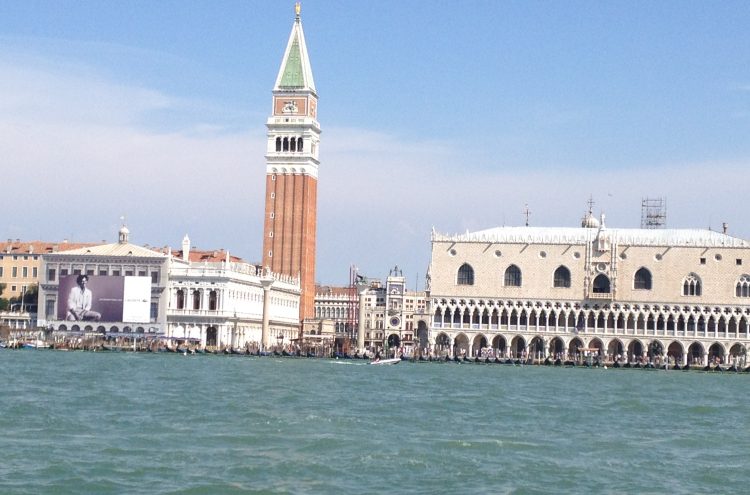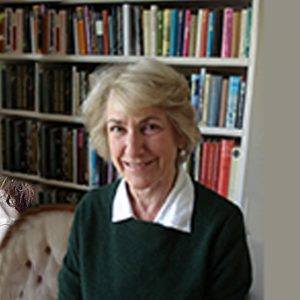
The Grand Tour – Travel and Collecting in 18th Century Italy
Tuesday 17 February 2015, 10.30 am – 3.30 pm
Venue: Dalmeny Hotel, St Annes
 Caroline Knight will lead this Special Interest Study Day, which will look at Grand Tourists throughout the 18th century; how and where they went, what they saw, and what they brought back with them. Initially The Grand Tour was conceived as a mobile finishing school in art and manners, an opportunity for elevated social status, educational enhancement, new cultural experiences and adventure. It was undertaken by mainly upper class young men of means. This was because travel was both difficult and expensive. They travelled with little money because of the fear of robbery, instead they took letters of credit from their London banks which they then presented in major cities. The custom flourished from about 1660 until the end of the 18th century when the outbreak of the Napoleonic stopped most foreign travel. It was an opportunity to study languages, music, riding, and would last, depending on one’s wealth, and inclination, several months and even years. They often travelled in the care of a tutor or knowledgeable guide. An added benefit of sending young gentlemen abroad was with the greater freedom from their families, they were able to sow their wild oats!
Caroline Knight will lead this Special Interest Study Day, which will look at Grand Tourists throughout the 18th century; how and where they went, what they saw, and what they brought back with them. Initially The Grand Tour was conceived as a mobile finishing school in art and manners, an opportunity for elevated social status, educational enhancement, new cultural experiences and adventure. It was undertaken by mainly upper class young men of means. This was because travel was both difficult and expensive. They travelled with little money because of the fear of robbery, instead they took letters of credit from their London banks which they then presented in major cities. The custom flourished from about 1660 until the end of the 18th century when the outbreak of the Napoleonic stopped most foreign travel. It was an opportunity to study languages, music, riding, and would last, depending on one’s wealth, and inclination, several months and even years. They often travelled in the care of a tutor or knowledgeable guide. An added benefit of sending young gentlemen abroad was with the greater freedom from their families, they were able to sow their wild oats!
There were two important aspects of the tour. The first was to see at first hand the great paintings of famous artists such as Raphael and Titian, sculpture and classical architecture, and the second to visit the places that gave birth to the treasures of the classical past. They wanted to capture their experiences in a more permanent form and if they could find them and could afford them, they would return with crates of art, books, pictures and sculptures to be displayed in libraries, cabinets, gardens and drawing rooms. Many of these Grand Tour objects and works of art are still in the country houses of their descendants, such as Chatsworth, Holkham and Chiswick. Although the Grand Tour was mostly undertaken by young gentlemen, a number of ladies also travelled and by the late 18th century it was almost a necessity for ambitious artists and architects, like Robert Adam and Joshua Reynolds, to do a Grand Tour as well.
Programme for the day
- 10.30 am – 11.00 am Refreshments on arrival in the St Annes Suite
- 11.00 am – 12.15 pm First lecture
- 12.30 pm Three Course Lunch served in the Carvery (Soup, followed by a choice from the Carvery of Meat, Fish or the Vegetarian option of the day, with a selection of vegetables. This will be followed by a choice of desserts)
- 2.00 pm Second lecture, plus any questions
- 3.15 pm – 3.30 pm Departure
Our experienced NADFAS lecturer, Caroline Knight, is an architectural historian, has an MA from the Courtauld Institute of Art and is a Fellow of the Society of Antiquaries of London.









